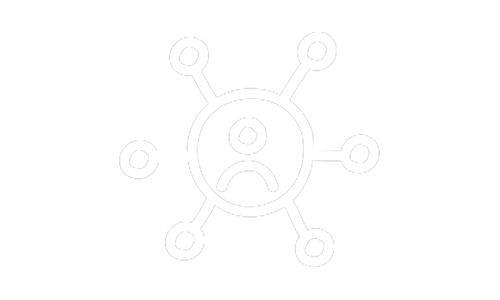
In 2019, we embarked on a journey to define the type of leadership we aim to cultivate through our program. Through a co-creative process, we involved:
70 STUDENTS | 45 PARENTS | 12 PRINCIPALS | 9 SUPPORTERS
75 TEACHER-LEADERS | 40 ALUMNI-AMBASSADORS | 34 STAFF MEMBERS
We asked ourselves:
WHAT TYPE OF LEADERSHIP IS NEEDED TO BE HONORING OF OUR NATION’S PAST, ADAPTIVE TO THE PRESENT, AND AGILE FOR THE FUTURE?
Collectively, we answered that we need leaders who are...
patriotic and constantly growing activators; respectful, goal-oriented, and educated citizens; bold and academically strong role models; culturally-rooted and collaborative initiators; values-driven and innovative life-long learners; contemplative and self-actualized trailblazers; community-oriented and transformative visionaries.
Then, over the course of a year, an internal working group used input provided through the design process in order to create the organization’s Leadership Framework, which starts with our “leaderagogy.”
LEADERAGOGY: OUR APPROACH TO TEACHING LEADERSHIP

In English, the term “pedagogy” refers to the teaching of children, while “andragogy” refers to the teaching of adults. The root words for both terms come from Greek: “peda” for child, “andr” for adult, and “agogos” for “leader.” In other words, “pedagogy” and “andragogy” respectively evoke the idea of being leaders of children and adults.
As an organization that is focused on developing both the leadership of our students as well as their teachers, we like to use the term “leaderagogy” to explain our approach to teaching leadership. Or, to put another way, it is the science of being a leader of leaders.
GIVEN THIS CONTEXT, OUR “LEADERAGOGY” IS AS FOLLOWS:
Change management and systemic thinking cannot be taught in isolation as a stand-alone subject. Rather, it is fostered through a cycle of spiraled experiential learning at a level that is developmentally appropriate. In order to cultivate the competencies necessary to drive transformation, while promoting agency and helping individuals to find their purpose in creating a more equitable society, we must teach leaders to be:
EMOTIONALLY
INTELLIGENT
VISIONARY &
HUMAN-CENTERED
CO-CREATIVE &
STRATEGIC
COLLECTIVE &
ACTION-ORIENTED
DATA-DRIVEN

LEADERSHIP FRAMEWORK
Using our leaderagogical statement, as an organization we have identified 20 competencies that we aim to strategically target through our programming in order to cultivate leadership across our classrooms, communities, network, and even on staff:
BUILD RELATIONSHIPS
_______________
WORK ON SELF
FOSTER BELONGING
IDENTIFY STRENGTHS
EXERCISE JUSTICE
CO-CREATE SHARED VISION
_______________
ASSESS REALITY
DISCUSS POSSIBILITIES
CRYSTALIZE INTENTION
MAXIMIZE NETWORK
CO-CREATE ACTION PLANS
_______________
PLAN BACKWARDS
BUILD CRITICAL KNOWLEDGE
DISTRIBUTE OWNERSHIP
DEVELOP DATA TOOLS
TAKE COLLECTIVE ACTION
_______________
COMMUNICATE CLEARLY
FOSTER COLLECTIVE DISCOVERY
EXECUTE EFFECTIVELY
STAY CURIOUS
REFLECT AND GROW
_______________
MONITOR PROGRESS
PAUSE AND
REFLECT
DEBRIEF LEARNING
SYNTHESIZE LEARNING








